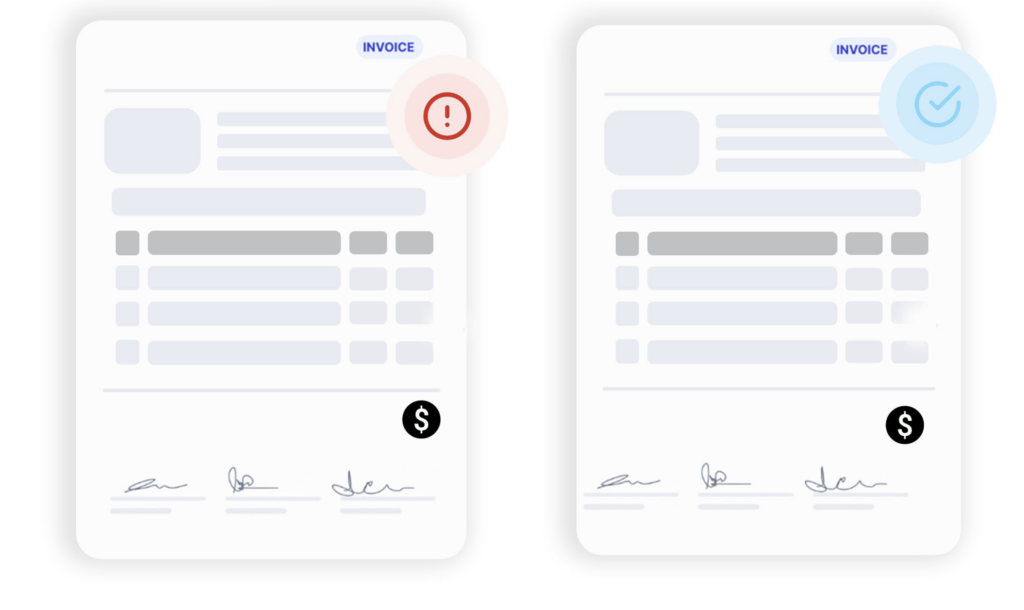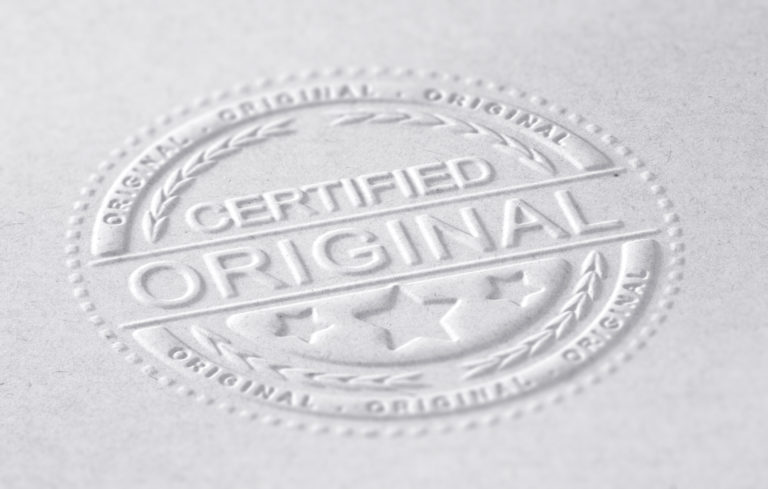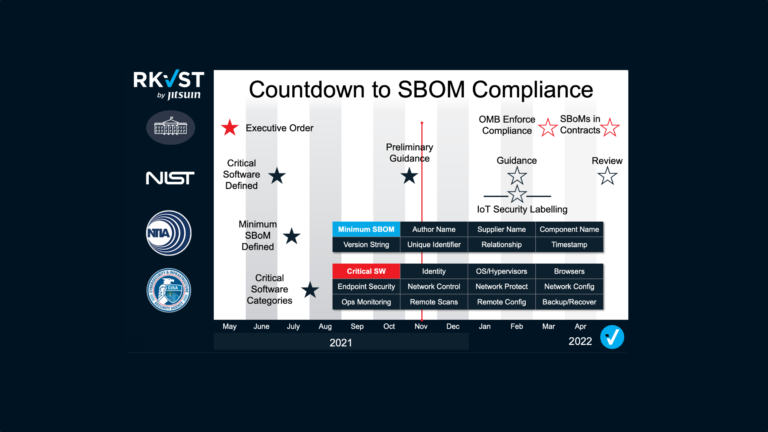
The average cost of invoice fraud to middle-market businesses is almost $280,000 per year. Invoice fraud affects businesses of all sizes, and the levels of fraud have increased in part because it’s not possible to authenticate all invoices that come in manually, with many businesses paying out invoices without authentication if they’re under a certain amount.
Today’s information security rules and regulations can’t keep up. Traditionally they’re only good enough until new threats arise, and today they’re struggling to keep up with the speed of data. Provenance presents a way to combat existing and future threats by adding transparency and proof to existing workflows.
So, how do businesses go about combatting fraud at its soaring levels? Read on to learn how provenance can stop fraud by introducing proof and validation for content such as invoices.
How Does Fraud Happen?
Invoice fraud typically involves criminals impersonating legitimate vendors or manipulating payment details to deceive unsuspecting businesses. These fraudulent activities can lead to financial losses, reputational damage, and disruptions to regular operations.
Fraudsters employ a variety of tactics to deceive businesses and manipulate people for personal gain. Some common techniques include:
- Impersonation: Criminals impersonate legitimate vendors, suppliers, or friends creating convincing invoices and other evidence that appear genuine. They rely on peoples’ trust in established relationships to slip under the radar.
- Altered Payment Details: Fraudsters modify payment details on invoices, diverting funds to their own accounts. These alterations often go unnoticed until it is too late, leading to significant financial losses.
- Phishing and Social Engineering: Through deceptive emails, fraudsters trick unsuspecting people into divulging sensitive information or initiating unauthorized payments.
How Can Businesses Combat Fraud?
While businesses have implemented certain measures to combat fraud, they’re not robust enough to stop invoice fraud from happening in the face of AI. The issue is so prevalent that there’s an industry dedicated to helping get your money back post-scam.
Many cases of invoice fraud happen due to people posing as real businesses. For example, in 2020 it came to light that Amazon paid out $19 million to a group of fraudsters who were working in conjunction with one another. While this is a high-profile level of fraud, similar to another experienced by Meta and Google which reached $100 million, these cases of invoice fraud show that the risk exists no matter the size of your organization.
In fact, the majority of invoice scams target small to medium businesses. Primarily, these fake invoices come from people posing as real organizations or people passing off imaginary businesses as real.
Oftentimes these fraudsters invoice for smaller amounts. Most businesses don’t have the capacity to check every invoice that comes to them, and many have no choice but to pay out the smaller sums. But these small payments add up over time and can have tangible negative effects on business.
Traditionally, businesses pay smaller invoices without any verification and decide that they’ll take the loss. Usually, this stems from the large quantity of invoices that come into a business and the inability of internal teams to spend time verifying their authenticity.
So, if current strategies aren’t up to par what’s the solution? How do businesses combat invoice fraud? There needs to be a new way to authenticate the validity of invoices coming into your business.
Transparency As The Solution For Fraud
Provenance refers to the ability to trace and verify the origin, ownership, and history of an item or piece of data. It can curtail fraudulent activities and enhance trust in transactions by adding transparency where it’s most needed while maintaining a proper separation of private information.
When it comes to fraud prevention, the power of provenance lies in its ability to establish a chain of custody. In the context of invoices or financial transactions, it becomes possible to track and verify the origin, movement, and ownership of invoices so you can know that they’re from a valid source and are trustworthy.
By leveraging an immutable ledger, and supporting open standards and tools for transparency, DataTrails ensures that every transaction, document, or asset has tamper-evident and traceable provenance.
With DataTrails and provenance, businesses can enjoy the following benefits in the fight against fraud:
- Transparency and Accountability: Provenance provides a crystal-clear view of the origins of the files that arrive in your business inbox. This transparency ensures accountability and minimizes opportunities for fraudsters to exploit loopholes or manipulate data.
- Traceability and Verification: Participants can easily trace the origin of an invoice or transaction, verifying the authenticity of genuine files and quickly highlighting tampered or illegitimate ones.
- Real-time Auditing: The shared multi-tenant technology in DataTrails allows for real-time auditing of all transactions and interactions, eliminating the need for time-consuming manual audits. This significantly reduces the chances of fraudulent activities going undetected for long periods of time.
- Enhanced Trust and Confidence: By leveraging provenance and the reliability of the immutable ledger, DataTrails fosters trust among participants with strong cryptographic verification to back it up. The ability to access verified and audited records instills confidence, enabling businesses to make informed decisions and build robust relationships.
If you’d like to get started protecting invoices, signup for a DataTrails trial or get in touch here to schedule a demo.






